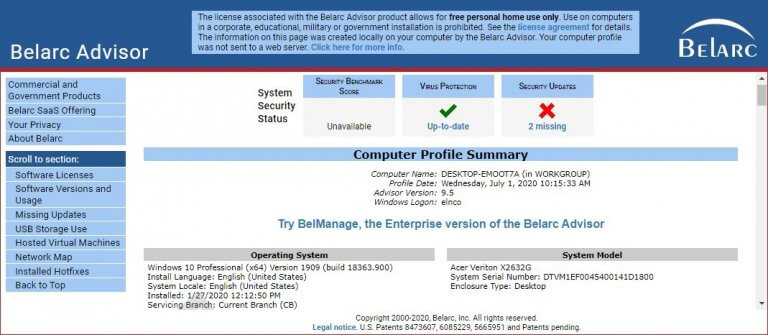
WINDOWS 10 OPTIMIZATION REMOVE APP WINDOWS 10
Seriously, do you really want to remove the calculator? BTW, if you haven’t looked at Calculator in Windows 10 yet, do so. So for this list of apps, the decision is yours:Īnd finally, for the apps you should keep, our list grows quite short: And if you believe that removing the Bing Sports app will prevent users from checking on their latest sports teams, you are sadly mistaken they still have a web browser. And for each one, you have to decide if you want users to have this app or not. That still leaves us with quite a few more apps.
Microsoft.WindowsCommunicationsApps (Mail & Calendar). These are the apps that we have no good reason why a user would run this application at work and/or doing so would significantly impact server resources: So what do you cut?įirst, let’s remove the easy ones. And what happens if the user starts the app? They will consume even more. What to keep and what to cut? And will it make a difference in terms of user experience and server density? If the app isn’t used, leaving it on the system won’t hurt, or will it? Look at Task ManagerĪs you can see, I’ve never started the Weather app, but it has consumed some resources (albeit, very small). The applications listed will be provisioned to each and every user that logs on with this image. “ Get-ProvisionedAppXPackage -Online|Select DisplayName” So, look at the Windows 10 list of default apps by running the following PowerShell command: I just installed a fresh copy of Windows 10 Enterprise and there are well over 50 applications already in my start menu, many of these are the system apps that we definitely want to keep like PowerShell and Command Prompt, but what about 3D builder, Bing Finance, Get Started, etc? The first part to Windows 10 optimization is to look at all of the “free” apps we get with a fresh installation. 
XenApp Best Practice #2: For the best combination of user experience and resource consumption, optimize appropriately This post is only for the original (Build 1511) release.Īnd we all know from Windows 7, optimization guides for VDI made a substantial, positive impact on server density, but will the same hold true for Windows 10?Īs part of the practice of optimizing a Windows 10 image, we also must remember one of our XenApp best practices:

Note: New article on Default App Optimization for VDI posted that includes the Anniversary (Build 1607) and Creator (Build 1703) updates.






 0 kommentar(er)
0 kommentar(er)
